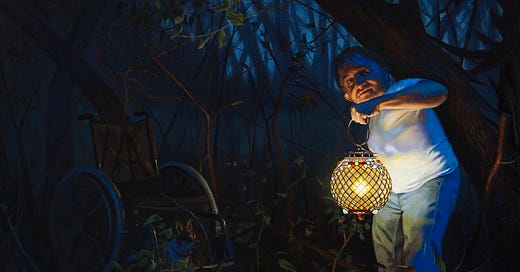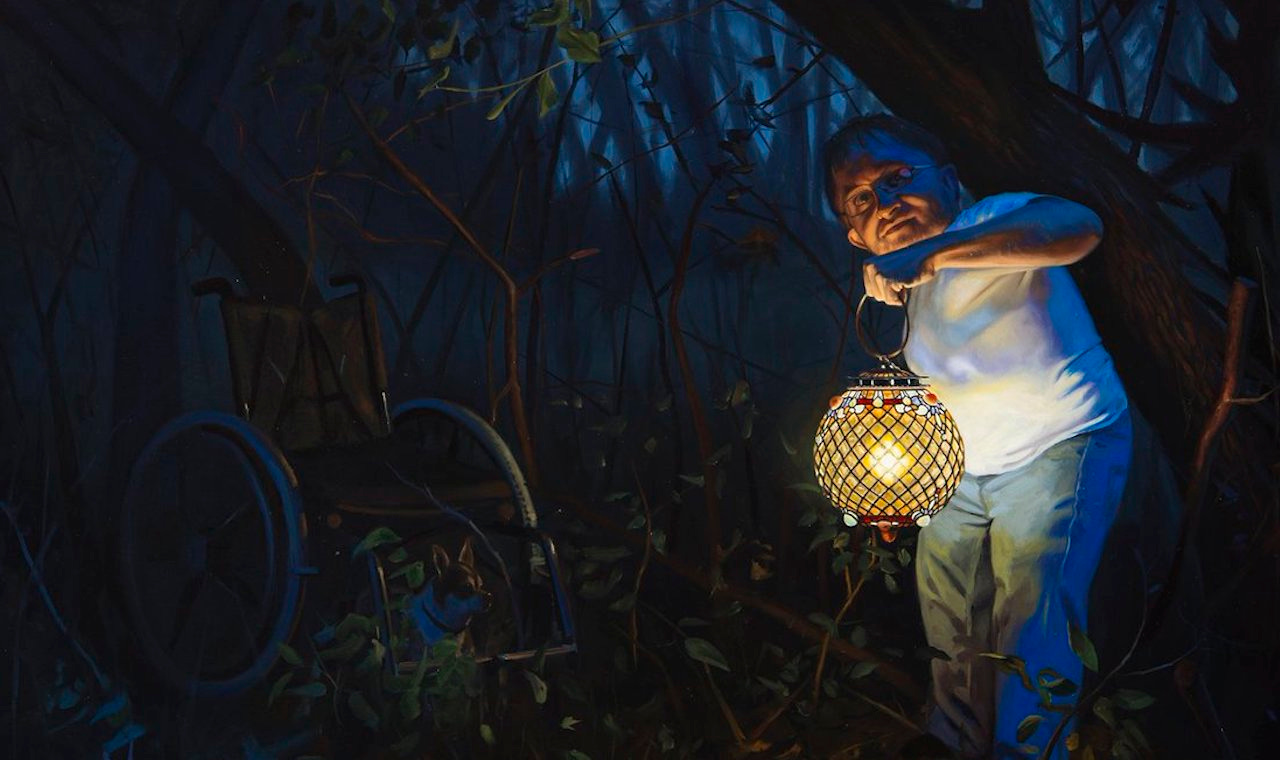In his portrait of the late Hu Li (胡溧), Jon Wos depicts a middle-aged man in three-quarter profile standing before the backdrop of an artwork. The man in the portrait is dressed casually in a polo shirt, popped collar, and khakis, but nevertheless carries himself with dignity. His shoulders are back, but his posture remains unforced. He is fit and lean,…
Keep reading with a 7-day free trial
Subscribe to The Objective Standard to keep reading this post and get 7 days of free access to the full post archives.




